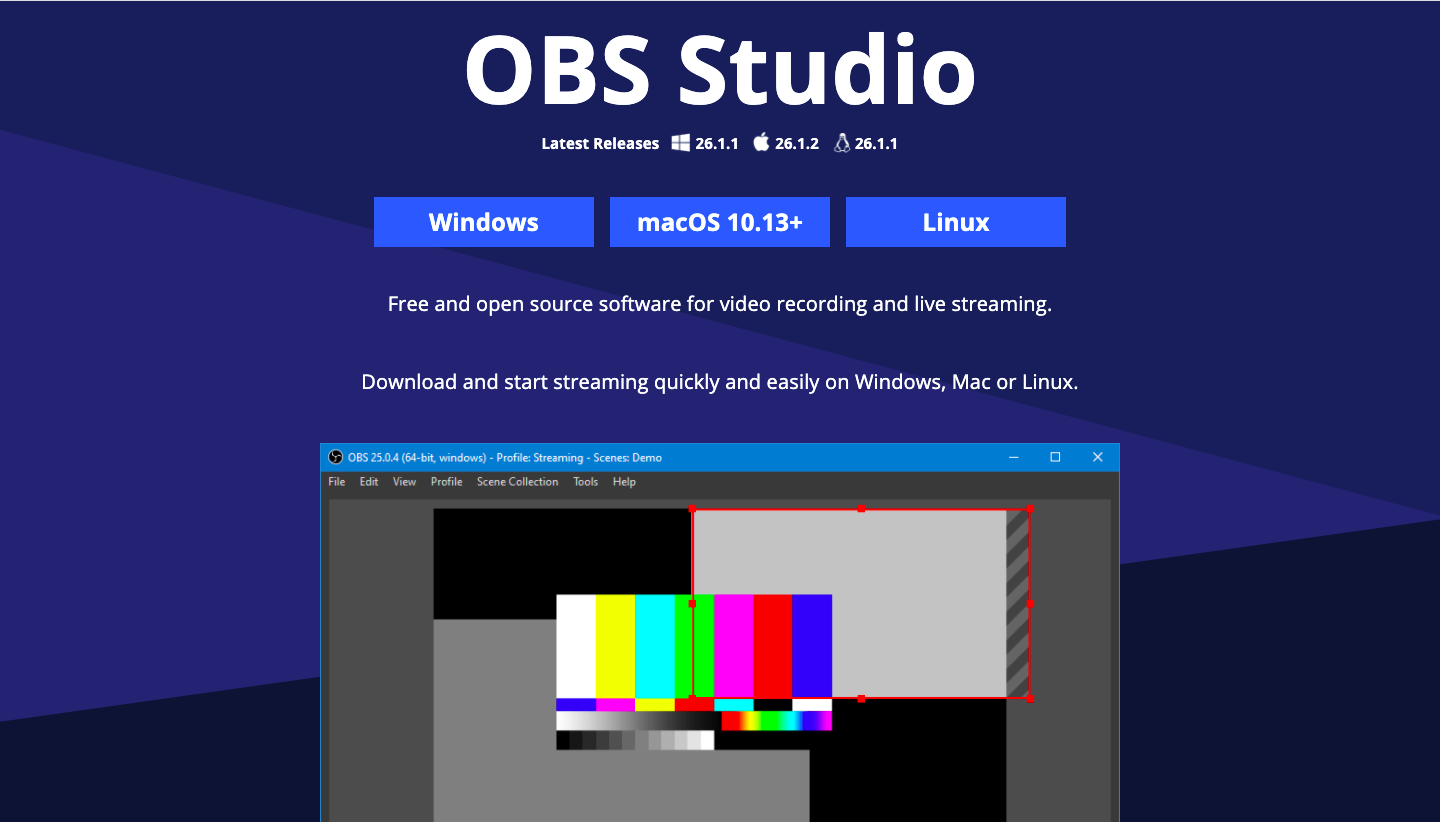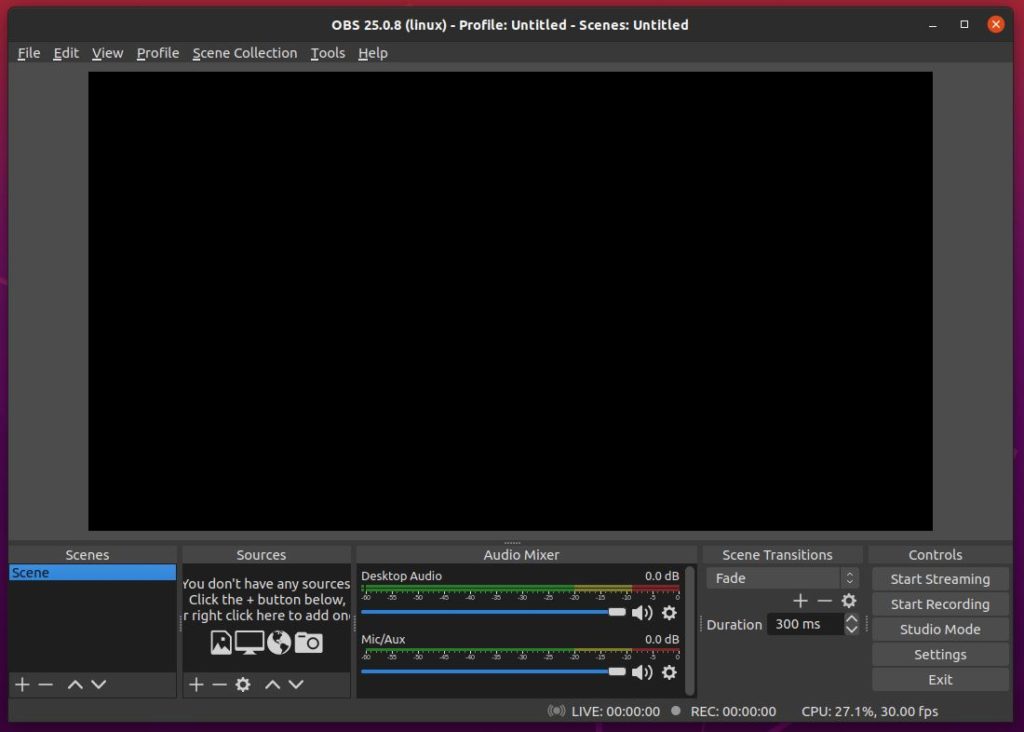
In case you have more than one display, pick one for recording. The name of the feature is the main distinction between Linux and other OS. Click the tiny plus button to access the options panel and select Screen Capture.Launch OBS and scroll down to the Sources box.When it comes to screen recording, the steps are more or less identical, with one minor distinction. After that, you can get the official OBS version for Linux from the official website. You can use the following command to do so: sudo apt install FFmpeg. However, keep in mind you’ll have to install the FFmpeg video filter first. OBS Studio is compatible with PCs running on Ubuntu 18.05 or higher. Once you’re done, click the blue Start Recording button in the lower-right corner of the screen.Under Recording Path, choose a destination for your file.



As of now, there’s no mobile version available for either iOS or Android devices. If you want to use OBS Studio for screen recording, you’re pretty much tied to your computer. The only major downside is that the software doesn’t work with all devices. Also, OBS automatically saves the recorded files in a folder of your choice. It’s an advanced tool that offers a wide range of customizing options.

As mentioned, the program is compatible with different operating systems, including Windows, Linux, and Mac. Since it’s open-source software, OBS Studio is entirely free for download. Keep reading to learn more about the fantastic free tool and its various screen recording settings. Since the software is compatible with multiple operating systems, we included step-by-step instructions for each one. This tutorial will show you how to record both your screen and audio with OBS Studio and save the file on your hard drive.


 0 kommentar(er)
0 kommentar(er)
